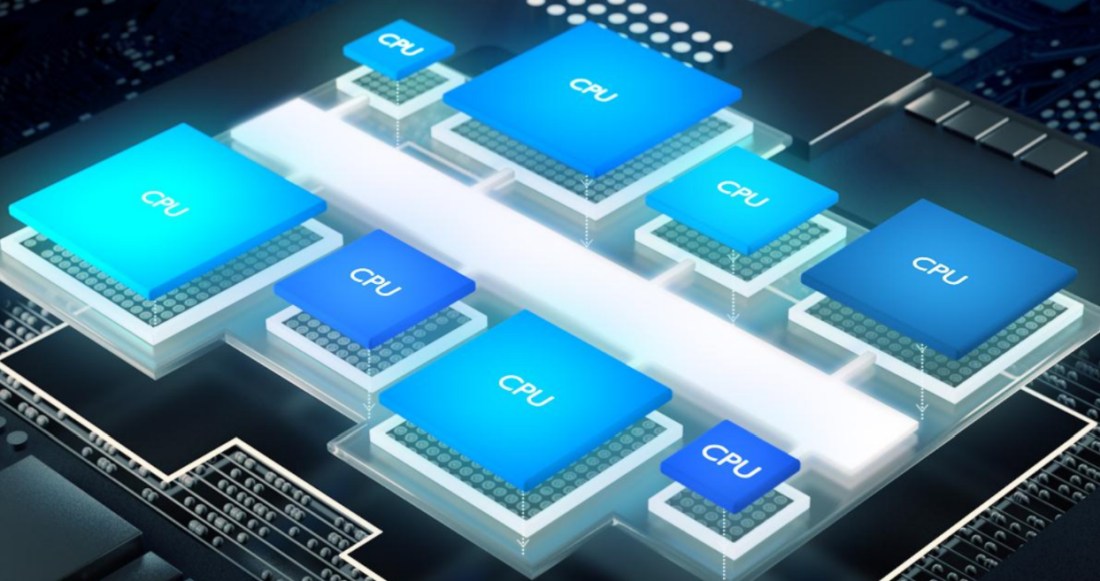
Now that AMD's fresh new FX processors based on the Piledriver architecture are out in the wild, the specialist hardware sites have seen fit to benchmark the top-lining FX-8350. Overall, the group feels that AMD has at least closed the gap a bit on Intel's Core juggernaut with a much better FX offering this time around, but overall the desktop CPU landscape remains unchanged -- with Intel still firmly at the top of the heap. Compared to its last-gen Bulldozer chips, "in every way, today's FX-8350 is better," according to Tom's Hardware: cheaper, up to 15 percent faster and more energy efficient. Still, while the new CPUs represent AMD's desktop high-end, they only stack up against Intel's mid-range Core i5 family, and even against that line-up they only edge ahead in heavily threaded testing. But if you "look beyond those specific (multithreaded) applications, Intel can pull away with a significant lead" due to its superior design, says Anantech. As for power consumption, unfortunately "the FX-8350 isn't even the same class of product as the Ivy Bridge Core i5 processors on this front," claims The Tech Report.
Despite all that, Hot Hardware still sees several niches that AMD could fill with the new chips, as they'll provide "an easy upgrade path for existing AMD owners and more flexibility for overclocking, due to its unlocked multipliers." That means if you already have a Socket-AM3+ motherboard, you'll be able to do a cheap upgrade by swapping in the new CPU, and punching up the clock cycles might close the performance gap enjoyed by the Core i5. Finally, AMD also saw fit to bring the new chip in at a "very attractive" $195 by Hexus' reckoning, a much lower price than an earlier leak suggested. Despite that, however, the site says that AMD's flagship FX processor still "cannot tick as many desirable checkboxes as the competing Intel Core i5 chips." Feel free to scope all the sources below to make your own conclusions.
Read - Tom's Hardware
Read - Hot Hardware
Read - AnandTech
Read - Hexus
Read - The Tech Report
Filed under: Desktops, Gaming, AMD
AMD FX-8350 review roundup: enthusiasts still won't be totally enthused originally appeared on Engadget on Tue, 23 Oct 2012 17:58:00 EDT. Please see our terms for use of feeds.
Permalink | |
Email this |
Comments
 ARM processor technology already powers many of the devices you use every day, and now the company is showing off its plans for the future with DynamIQ. Aimed squarely at pushing the artificial intelligence and machine learning systems we're expectin...
ARM processor technology already powers many of the devices you use every day, and now the company is showing off its plans for the future with DynamIQ. Aimed squarely at pushing the artificial intelligence and machine learning systems we're expectin...
 ARM processor technology already powers many of the devices you use every day, and now the company is showing off its plans for the future with DynamIQ. Aimed squarely at pushing the artificial intelligence and machine learning systems we're expectin...
ARM processor technology already powers many of the devices you use every day, and now the company is showing off its plans for the future with DynamIQ. Aimed squarely at pushing the artificial intelligence and machine learning systems we're expectin...


















